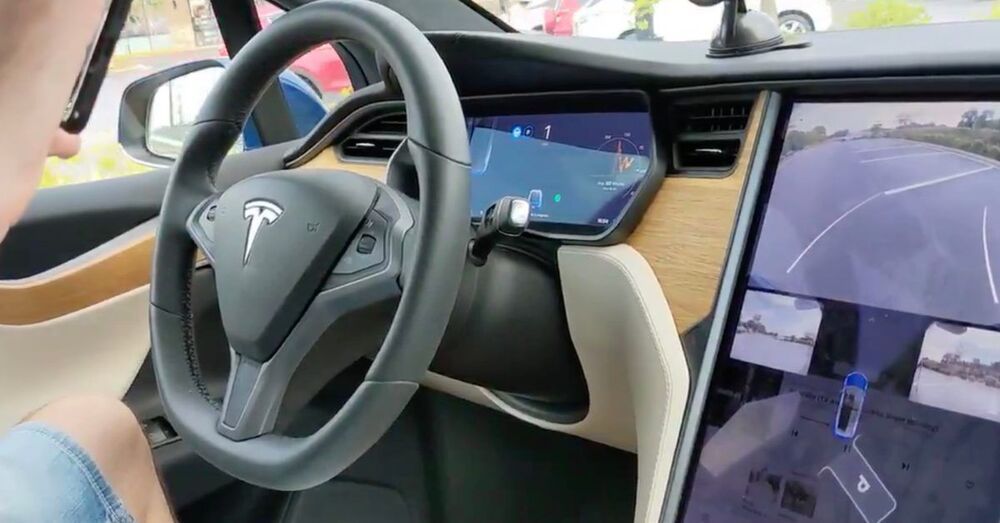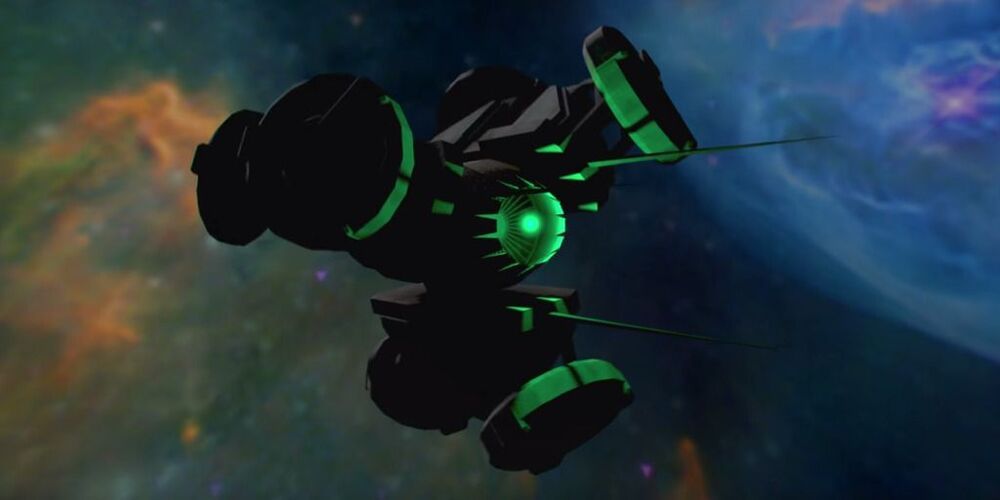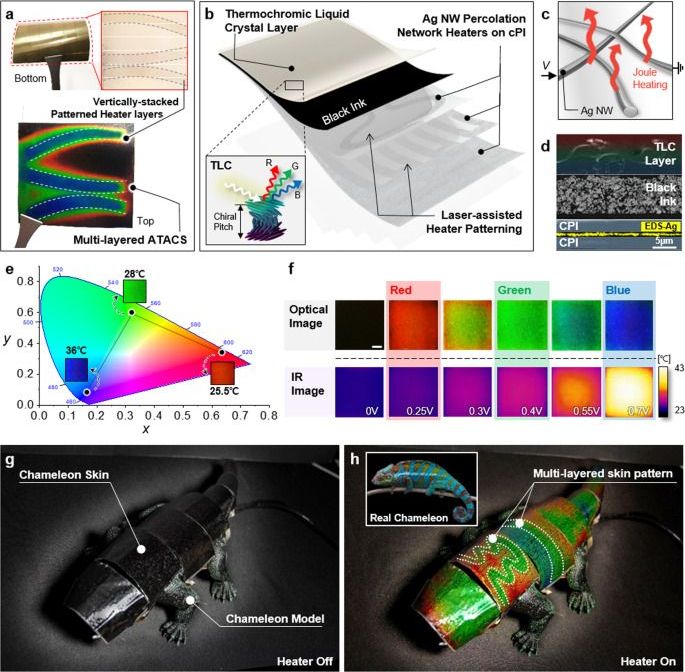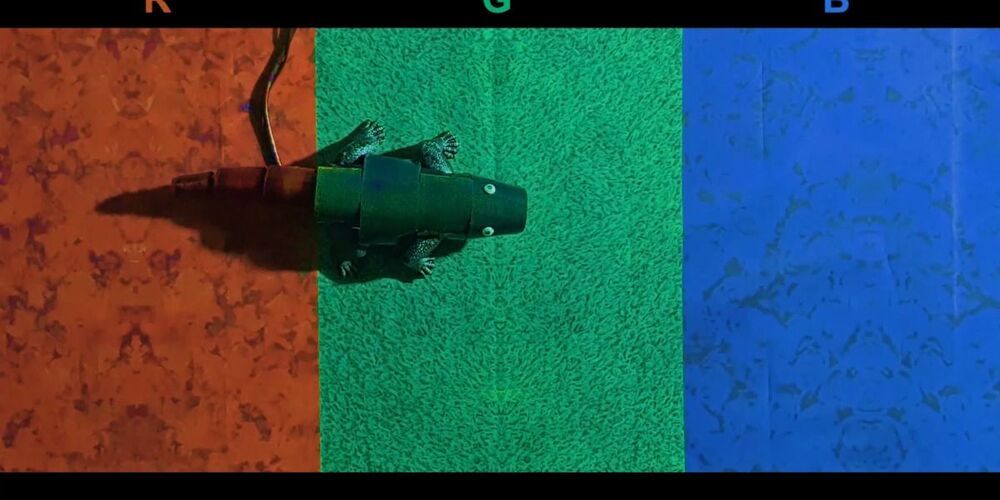In other words, the mix of positives and negatives puts this potent new suite of technologies on a knife-edge. Do we have confidence that a handful of companies that have already lost public trust can take AI in the right direction? We should have ample reason for worry considering the business models driving their motivations. To advertising-driven companies like Google and Facebook, it’s clearly beneficial to elevate content that travels faster and draws more attention—and misinformation usually does —while micro-targeting that content by harvesting user data. Consumer product companies, such as Apple, will be motivated to prioritize AI applications that help differentiate and sell their most profitable products—hardly a way to maximize the beneficial impact of AI.
Yet another challenge is the prioritization of innovation resources. The shift online during the pandemic has led to outsized profits for these companies, and concentrated even more power in their hands. They can be expected to try to maintain that momentum by prioritizing those AI investments that are most aligned with their narrow commercial objectives while ignoring the myriad other possibilities. In addition, Big Tech operates in markets with economies of scale, so there is a tendency towards big bets that can waste tremendous resources. Who remembers IBM’s Watson initiative? It aspired to become the universal, go-to digital decision tool, especially in healthcare—and failed to live up to the hype, as did the trendy driverless car initiatives of Amazon and Google parent Alphabet. While failures, false starts, and pivots are a natural part of innovation, expensive big failures driven by a few enormously wealthy companies divert resources away from more diversified investments across a range of socially productive applications.
Despite AI’s growing importance, U.S. policy on how to manage the technology is fragmented and lacks a unified vision. It also appears to be an afterthought, with lawmakers more focused on Big Tech’s anti-competitive behavior in its main markets—from search to social media to app stores. This is a missed opportunity, because AI has the potential for much deeper societal impacts than search, social media, and apps.









